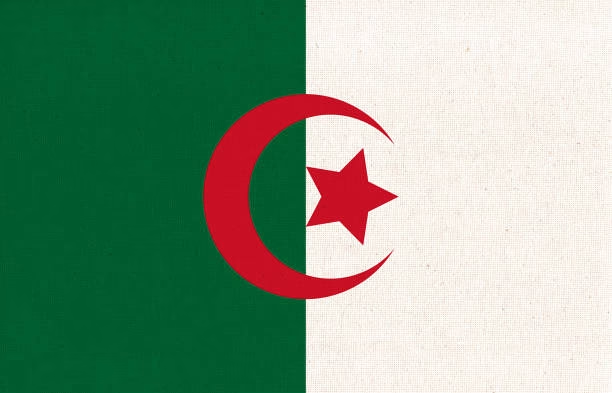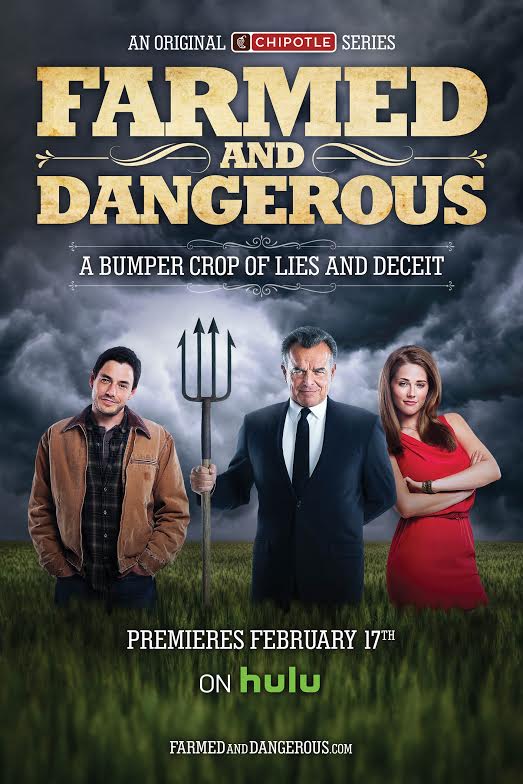Learn about Algeria’s growing dairy industry through government plans and foreign investments. Can Algeria produce enough milk on its own?

Imagine Algeria, one of the world’s top dairy powder importers, transforming into a self-sufficient dairy powerhouse. Despite high milk consumption rates, local production meets just over half its annual demand. The Algerian government is addressing this with bold plans to modernize and expand the dairy sector, supported by foreign investors.
Currently, Algeria heavily relies on imported milk powder. However, change is coming with:
- Government initiatives to boost local milk production.
- Subsidies for dairy farmers and processors.
- Partnerships with international dairy giants like Qatar’s Baladna and Saudi Arabia’s Almarai.
These concerted efforts are not just about meeting local demand, but about positioning Algeria as a global leader in milk production. By reducing imports and boosting the economy, these dynamic changes are paving the way for a bright future in Algeria’s dairy industry, full of potential for growth and prosperity.
Paving the Path to Dairy Independence: Algeria’s Strategic Push for Fresh Milk Dominance
Algerians consume 4.5 billion liters of milk annually, a crucial part of their diet. However, local production only covers just over half of this, leading to a heavy reliance on imported milk powder. The Algerian government is pivoting consumer preferences towards locally produced fresh milk to achieve self-sufficiency.
This strategy involves incentives and programs to boost domestic milk production. Critical efforts include promoting fresh milk in the dairy processing industry, making it more attractive than reconstituted milk.
To aid this shift, the government supports dairy farmers, collectors, and processors with subsidies for breeding and fodder, access to advanced breeding techniques, and investments in infrastructure. The aim is a robust dairy sector that meets and exceeds local demand.
From Striving to Thriving: Algeria’s Comprehensive Dairy Development Plan
Algeria’s dairy production is a significant focus for the government. In 2022, the Minister of Agriculture, Abdelhafid Henni, reported local fluid milk production at around 2.5 billion liters (2.5 mmt), meeting just half of the 4.5 billion liters (4.5 mmt) needed annually.
Cow’s milk accounts for 70% of this production, with sheep and goat milk also contributing to the supply. Camel milk production is minimal. Yet, the production levels can’t fully satisfy Algeria’s high demand.
The government aims to boost domestic milk production to cut down on imports. Over the past 20 years, various incentives have been rolled out to grow herds and enhance productivity, including annual subsidies of over 18 billion Algerian Dinars (US$129 million) for breeders, milk collectors, and processors.
Despite these efforts, challenges remain. Issues in animal husbandry and feed management persist. Better genetics and a modern milk collection system are also needed. Limited pastureland hinders herd expansion, and a shortage of storage facilities causes supply disruptions, especially during Ramadan.
The government is promoting camel and goat breeding in the Saharan regions to combat these issues. With continued efforts and foreign investments from companies like Qatar’s Baladna, Algeria strives for self-sufficiency in its dairy sector.
Comprehensive Measures: Algeria’s Multifaceted Approach to Dairy Sector Boost
The Algerian government has taken a comprehensive approach to boost local milk production. Several initiatives have aimed to increase herd sizes, productivity, and modern techniques in the past two decades. Key programs include:
- Subsidies: Over 18 billion Algerian Dinars (US$129 million) are allocated annually for local milk production, benefiting dairy cattle breeders, milk collectors, and processors.
- Fodder Production and Irrigation: The Ministry of Agriculture supports fodder production, including seeds, hay, wrapped fodder, stables, and irrigation systems.
- Improving Genetics: Programs focus on genetic quality through artificial insemination, embryo transfer, and importing pregnant heifers and dairy cattle to boost productivity.
- Modernizing Milk Collection: Efforts to establish a modern, fresh milk collection system aim to improve supply chain issues and ensure a steady flow of fresh milk to processors.
An Import Surge Amidst Local Production Push: Algeria’s Evolving Dairy Dynamics
Recent figures show a rise in Algeria’s milk powder imports. In 2022, imports reached nearly 419,000 metric tons; by 2023, they increased to 440,000 metric tons—a 5% jump. This growth stems from lower international prices and Algeria’s improved economy. The drop in milk powder prices in late 2022 through 2023 boosted import volumes.
Conversely, butter and cheese imports have declined over the past five years due to the government’s import controls and rising global prices. New Zealand remains the top butter supplier, but its exports to Algeria fell by 40% because of price fluctuations.
Foreign Investments: A New Chapter in Algeria’s Dairy Sector Transformation
Recent foreign investments have breathed new life into Algeria’s dairy industry. Major Gulf dairy producers, Qatar’s Baladna and Saudi Arabia’s Almarai are planning substantial operations in the country.
Baladna has struck a significant deal with Algeria’s Ministry of Agriculture and Rural Development to launch one of the world’s largest agricultural projects. The project aims to produce about 1.7 billion liters of milk annually. This will potentially meet 50% of Algeria’s powdered milk demand, reducing import reliance.
With a $3.5 billion investment, this project is expected to create around 5,000 jobs and introduce 270,000 cows to supply over 85% of Algeria’s fresh milk needs. These investments are critical for Algeria to achieve more self-sufficiency in dairy production.
These foreign investors bring capital, valuable expertise, advanced technologies, and modern farming practices. This aligns well with the government’s ongoing efforts to modernize and expand the dairy sector under its five-year plan initiated in 2020.
These investments are expected to boost local dairy production, enhance quality standards, and reduce dependency on imported milk powder. The ripple effect extends beyond production, potentially transforming market dynamics and strengthening Algeria’s economic landscape.
Economic Resurgence Amidst Challenges: Algeria’s Path to Dairy-Driven Prosperity
Algeria’s economy is on the upswing but faces challenges. In 2023, the World Bank reported a 4.1% GDP growth, alongside high inflation at 9.3%. While GDP growth might slow in 2024 due to stagnant oil and agriculture sectors, a recovery is expected in 2025. The IMF values the national economy at around $200 billion.
The dairy industry’s growth and foreign investments are pivotal for Algeria’s future. Modernizing the dairy sector aims to boost local milk production and create jobs. For instance, Baladna’s $3.5 billion project is expected to generate 5,000 jobs and house 270,000 cows, potentially covering over 85% of Algeria’s fresh milk needs.
These comprehensive efforts focus on reducing import dependency, conserving foreign reserves, and promoting self-sufficiency. As these initiatives advance, the dairy sector’s growth will likely significantly bolster Algeria’s GDP, complementing the country’s modernization efforts.
The Bottom Line
Algeria’s dairy industry future looks brighter, thanks to solid government programs and rising foreign investments. All these efforts signal a transformative shift towards self-sufficiency. Algeria is on the verge of reducing its import reliance and building a robust domestic dairy industry. It’s an excellent time for stakeholders to join this exciting journey!
Key Takeaways:
- Algeria’s local milk production meets just over half of its annual consumption, with the remainder fulfilled by imported milk powder.
- The government is pushing to reduce milk powder imports and encourage consumption of locally produced fresh milk.
- Despite government incentives, Algeria still relies heavily on milk powder imports and faces issues in animal husbandry and feed management.
- Significant subsidies and support are provided for dairy cattle breeders, milk collectors, and dairy processors.
- Milk powder imports increased in 2022 and 2023, influenced by decreasing international prices and Algeria’s economic performance.
- Foreign investment, especially from Gulf countries, is significantly boosting Algeria’s dairy sector, with major projects in the pipeline.
- Algeria’s GDP grew by 4.1% in 2023, though challenges remain with inflation and stagnation in some sectors.
- The future outlook for Algeria’s dairy industry suggests a move towards self-sufficiency and reduced reliance on imports.
Summary:
Algeria is aiming to become a self-sufficient dairy powerhouse, despite high milk consumption rates. The Algerian government is modernizing and expanding the dairy sector, supported by foreign investors. Initiatives include boosting local milk production, subsidies for dairy farmers and processors, and partnerships with international dairy giants like Qatar’s Baladna and Saudi Arabia’s Almarai. In 2022, local fluid milk production was around 2.5 billion liters, meeting only half of the 4.5 billion liters needed annually. Cow’s milk accounts for 70% of this production, while sheep and goat milk also contribute. The government is implementing incentives and programs to boost domestic milk production, including subsidies for breeding and fodder, access to advanced breeding techniques, and investments in infrastructure. However, challenges remain, such as issues in animal husbandry and feed management, better genetics, and a modern milk collection system. The government is promoting camel and goat breeding in the Saharan regions to combat these issues.













